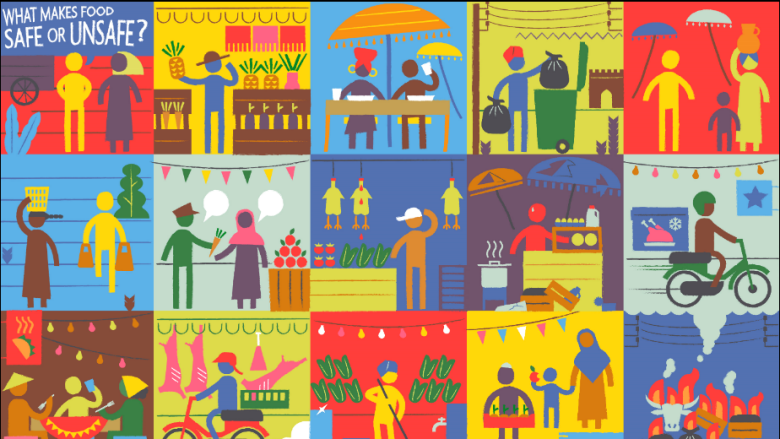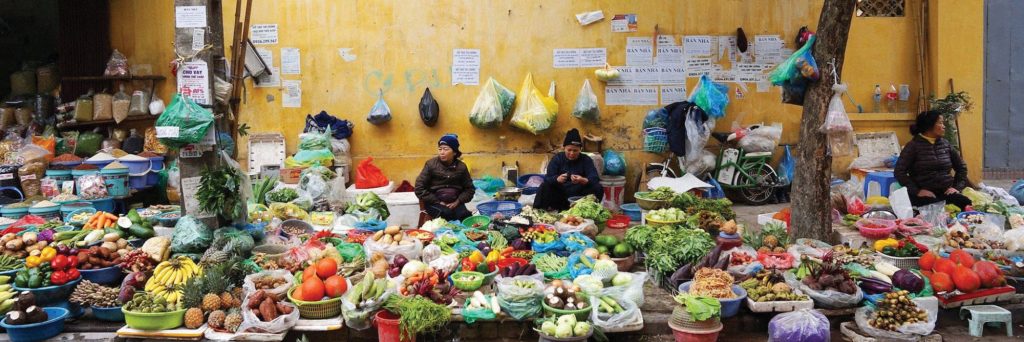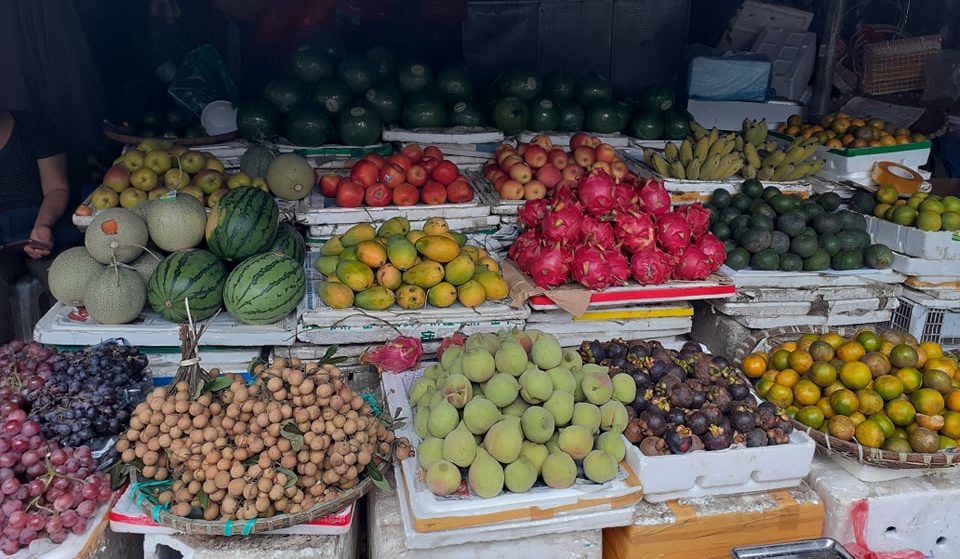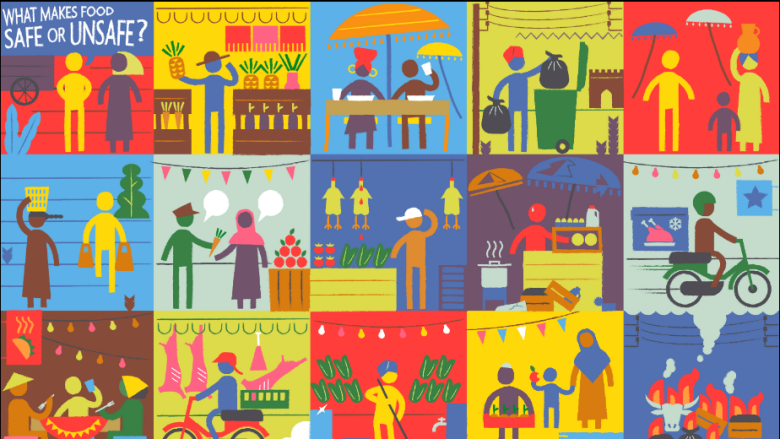
For a number of years, there has been a growing concern around food safety in Vietnam, resulting in consumers searching for trustworthy sources (Mergenthaler et al., 2009). Widespread media coverage of food safety incidents has led to consumer’s fear of certain foods and affected their overall confidence in food safety (Wertheim-Heck et al., 2014). In a study done by (Ha et al., 2019), consumers believed that fruits, vegetables, and meat posed the highest risk as they understood these foods to come with the greatest concerned threats: pesticides, preservatives, and animal growth promoter.

The typical way to confront food safety concerns in many Asian countries is to resort to a strategy of retail modernization (Wertheim-Heck et al., 2015). Current Vietnamese retail modernization policies aim to encourage supermarket expansion of 1000 supermarkets in Hanoi from 2015 to 2025 (Viet 2014), while reorganising and reducing the number of traditional food markets (MoIT 2009). I mentioned in a previous blog about the abundance of fast food restaurants and supermarkets that sprung up from 2015- 2017 when I previously lived here! Well, guess what? There are even more now!! A lot more!!
However, it seems the traditional but often contested (because of safety) practice of shopping in wet markets remains the main method of purchasing fresh food. It is estimated that this method of shopping accounts for more than 90% of total vegetable sales (Wertheim-Heck et al. 2015b). Therefore it seems that transitions in the food shopping behaviour of Vietnamese consumers is not so straightforward. While supermarkets offer options including the ability to trace where the products come from, many consumers tend to visit the same wet market vendors they have frequented for years. Trust is placed not in technology and innovations but instead in relationships built up over time.

As well as this, supermarket development is driven by its penetration in processed foods and non-foods in particular. Many of these have only become more widely available in Vietnam in recent times. Fresh produce such as vegetables, however, are a fundamentally different category than processed foods. They are considered a daily necessity and are eaten in some form with most meals. The means of buying these products are traditionally very different. Many people ride up on their motorbike, make their purchase, and ride away. Of course for others, convenience will have another meaning maybe in the types of products or frequency of shop per week.
For others again, convenience will barely be on the agenda. The unrivaled lower cost of produce in the market is the driving factor behind their choice whether that carries the price tag of unsafe food or not. It does seem that currently, regular supermarket shopping is a habit carried out by only a small segment of the population with a higher income. It will be interesting to get a different angle and understand the perspectives of food suppliers around this aspect of sustainability when I start interviewing them in a couple of weeks time!


